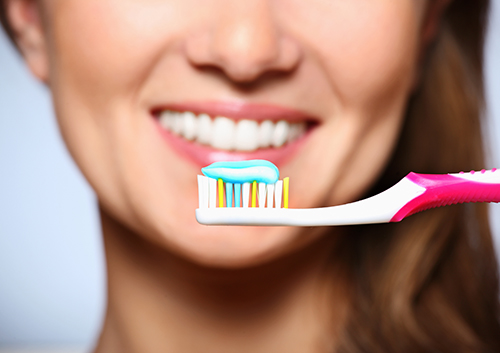Let's Talk About Your Roots!
August 7th, 2024

You’ve learned a lot from your dentist and your family about how to take care of your teeth. You brush and floss, you wear a mouthguard when you’re active, and you have regular checkups and cleanings at our Naples, FL office.
And everything you’re doing is wonderful! The smile you see each day in the mirror reflects your hard work.
But what about the part of your smile you can’t see? Let’s take a look beneath the surface, and talk about your roots.
While our teeth look solid from the outside, there’s really a lot going on inside each tooth.
- The outside of every tooth is covered with a hard protective surface.
Enamel is the hardest material in our bodies, and covers the crown. This is the part of the tooth we can see above our gums.
Our roots are hidden below our gums, and are covered with cementum instead of enamel. Cementum is hard, but it’s not nearly as strong as enamel.
- Just below a tooth’s enamel and cementum layers, we have dentin.
Dentin is a hard tissue, only a little softer than enamel. Most of our tooth is made of dentin. It surrounds and helps protect the center of the tooth and supports the enamel and cementum on the outside.
- Inside the center of each tooth, there’s an area called the pulp chamber.
The pulp holds tiny blood vessels and nerves. The blood vessels give the pulp nutrients, and the nerves are the reason that our teeth can feel sensitivity or pain.
Inside the roots, we also find pulp in the root canals. These canals are very small tunnels that run from the pulp chamber down through the root, ending in a tiny hole in the tip of the root. Blood vessels and nerves running through the canals connect the pulp tissue to our bodies’ blood and nervous systems.
Around your roots, there’s a lot going on, too. Smaller teeth like the incisors, our front teeth, usually have only one root. Bigger teeth, like molars, usually have two or three roots. And while you’re busy biting and chewing, what’s holding these roots in place?
- In your jaws, you have a spot where each tooth fits called a socket. But your tooth roots don’t just sit in the socket. That wouldn’t be very secure!
- Instead, you have a periodontal ligament surrounding the roots of each tooth. Think of the ligament as groups of tissue fibers that can attach to both the cementum on your root and the bone in your jaw. This double attachment holds your teeth firmly in place. The ligament also helps cushion your teeth from the heavy pressures of chewing.
- To make things even safer for your roots, your gums help cover them and protect them from bacteria and decay.
As you can see, your body is working hard to protect your roots. What’s the best thing you can do to keep your roots healthy? Do everything you’re already doing!
- Keep up with your brushing and flossing, and your visits to our office. These good habits protect the teeth and gums you can see, and also the roots that you can’t see.
- Avoid oral habits that put lots of pressure on your teeth and roots. Biting down on pencils, or ice, or nut shells, or anything not meant for regular eating means you’re risking a cracked tooth.
- Be safe! Wear your mouthguard when you’re active.
- Don’t wait to tell your adult if your tooth hurts. Remember, those nerves inside your teeth and roots are there to warn you if your tooth is damaged. Dr. Vincent Cardinale and Dr. Chris Moody will be able to find out what’s wrong and have you feeling better in no time.
Even though you can’t see them, your roots are one important reason you have your beautiful smile. Taking good care of your teeth now is a way to make sure you have beautiful, healthy smiles for a lifetime!




